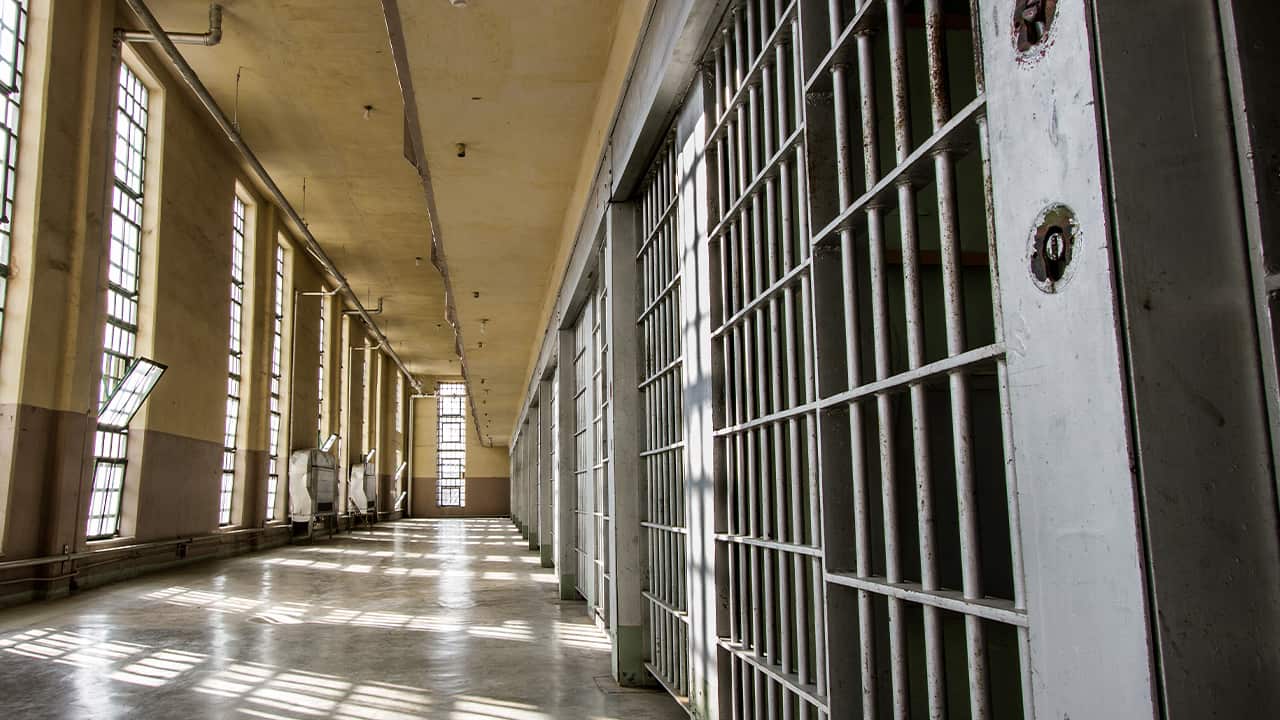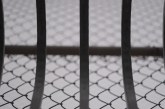


by Dr. Joan Parkin
The passage of SB 132, which allows incarcerated transgender, non-binary and intersex people to transfer to a prison consistent with their gender identity, has pit two of CDCR’s most vulnerable prison populations against each other. Central to the debate is the legality of transferring trans females into female prisons.
On the one hand, we have members of the Women’s Liberation Front (WoLF) and Woman II Woman who are spearheading a lawsuit against the state of California over the passage of Senate Bill 132. They argue that the law is unconstitutional and that SB132 requirements create a dangerous environment for women in female facilities. On the other hand, we have the supporters of the bill, titled, The Transgender Respect, Agency and Dignity Act, which became effective on January 1, 2021, who see the Bill as providing “a safe, humane, respectful and rehabilitative environment for the incarcerated  transgender, non-binary and intersex community.” SB 132 sponsor, state Senator Scott Wiener, (D-SF), said the following to the Los Angeles Blade: Southern California’s LGBTQ’s News Source:
transgender, non-binary and intersex community.” SB 132 sponsor, state Senator Scott Wiener, (D-SF), said the following to the Los Angeles Blade: Southern California’s LGBTQ’s News Source:
We passed SB 132 so that trans people who are incarcerated can be safer and can be who they are. SB 132 is about respecting the basic dignity and agency of trans people. The proponents of this lawsuit have a long history of attacking trans people – trying to erase them, denying their existence, and classifying them as scam artists and rapists.
The bogus rationale for this lawsuit – that trans people are faking it so they can rape cisgender women – is no different than the bogus rationale for the North Carolina trans bathroom bill. These attacks fuel violence against trans women and the high suicide rate among trans youth. I’ll continue to support our trans siblings and will always fight for them.
According to members of WoLF and Woman II Woman, Wiener’s remarks represent a gross mischaracterization of the reasons that they are filing suit. His remarks ignite an already contentious and deeply personal debate. Far from being transphobic, the women see themselves as trying to protect themselves from further abuse. At a town hall meeting the members of WolF got a chance to respond to Weiner. For them, the bill he authored “allows violent male felons to be housed in women’s prisons based solely on their self-proclaimed gender identity.” They chastised Weiner for his complete lack of concern and empathy for the women. Lauren Adams, WoLF Legal Director, said, “This complete disregard for the most vulnerable women in society, whose care is entrusted to the state, is appalling from a so-called ‘progressive’ politician.”
So far 300 transgender persons have requested transfer, and many of the women are scared to death. 80% of the women at CCWF have experienced sexual and other forms of abuse. Moreover, male prisoners are three times more violent than female prisoners. Couple these realities with the criteria for transfer request has the women even more on edge. According to WoLF,
This bill provides no exceptions for male inmates who have committed violent crimes, or crimes against women – including rape, sexual assault, or harassment. This bill does not require officials to consider anatomy, a diagnosis of gender dysphoria, or a mental health diagnosis. It does not require a male inmate to physically present as a woman, take steps to medically transition, nor even to prefer feminine pronouns. All that is required is a male inmate’s desire to be housed with women, even if that male is incarcerated for sexual crimes against women.
The CDCR SB 132 FAQ’s website confirms some of what WoLF claims. In answer to the question of how CDCR determines if a person is transgender the response reads: “CDCR does not determine an incarcerated person’s gender identity. Every incarcerated person self-identifies.” Of course, this is how it should be. Trans women in male institutions suffer horrific humiliation at the hands of male correctional officers who have been known to use the pronoun “it” when referring to a transgender individual. They are much more likely to suffer physical assault. They should have the same right to self-identify as a trans man or woman on the outside. In and of itself, SB 132 is a giant prison reform. Finally, trans people have a shot at not being trapped in prisons whose administrations are hostile to their gender identification.
According to Abigail Lunetta, a self-proclaimed democrat, feminist and advocate for women’s rights the goal to protect the safety of trans-identified prisoners is “a noble one,” but she calls on the Public Safety Committee to make sure this goal is not achieved by compromising the safety of the women at Chowchilla and other female institutions.
With no compromise in sight, one thing is certain: CDCR is in not in the best position to protect anybody. They face multiple lawsuits for not protecting prisoners from violence by women and trans women. In 2016 wardens at two California women’s prisons were forced to resign amid allegations of sexual abuse of female prisoners and suicides. In 2017 a lawsuit was filed against CDCR by plaintiffs who identify as transgender, gender nonconforming (GNC) or queer, denouncing two officers for the use of physical force, sexual harassment, and use of homophobic and transphobic insults. They received no medical treatment for their injuries and were put in isolation where they continued to suffer verbal humiliations. Just last year an internal investigation of sexual abuse was confirmed into the conduct of Officer Gregory Rodriguez. There is also another lawsuit pending into the forced sterilization of over 850 people in women’s prisons. 400 of those sterilizations were arranged by a Central California Women’s Facility doctor between 2005 and 2013 who said in an interview with the magazine Reveal that these sterilizations were justified by saving “in welfare paying for these unwanted children—as they procreated more.”
Given CDCR’s track record, it’s no wonder the women do not hold any confidence in its ability to not let someone slip through the cracks and enter a female institution as a “trans female.” The only other solution would be to create sensitive needs yards for trans people, but of course, people do not want to be segregated. Where this goes is anybody’s guess. The debate gets us into deeper questions such as why do we warehouse people in prisons anyway. Such a system of absolute indifference to those languishing decades behind bars cannot of course be trusted to do the right thing. The bottom line is that trans individuals deserve to be treated with respect, equity, and human dignity and to share the same rights afforded to everyone else. In addition, all female prisoners, all trans female prisoners, all women housed in correctional institutions need to be safe and free from fear of violence. Those who are some of the most vulnerable populations in CDCR will remain in search of dignity and safety.
Dr. Joan Parkin is the Director of the Vanguard Incarcerated Press





